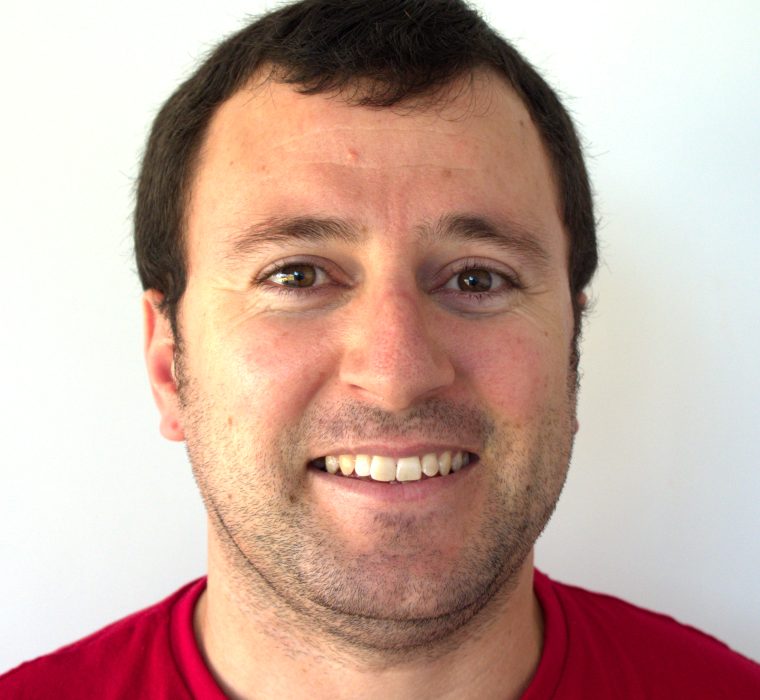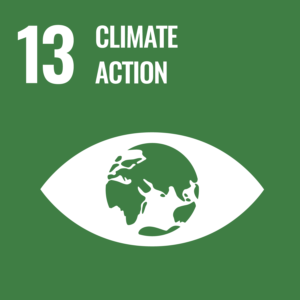Characterization of forest management and socioeconomic promotion in mountain areas through a communal herd in a digital environment
 WHAT IS OVIHUEC.DAT?
WHAT IS OVIHUEC.DAT?
OVIHUEC.DAT is an acronym in Aranese where OVI=sheep and HUEC=fire, as it is the basic objective of this initiative, a local project that responds to a global problem. In addition, the ‘.DAT‘ highlights the technological innovation that is intended to be carried out by obtaining data, because despite being a project in a rural area that speaks and defends a traditional economic activity, it does so from an innovative technological perspective.
WHY?
The loss of private agricultural and livestock activity in the Vall d’Aran has led to the replacement of pastures for flocks by too many trees, which has increased the risk of fire. Faced with this situation, the Ajuntament de Vilamòs, together with the Conselh Generau d’Aran, has observed that these events are repeated throughout the Catalan Pyrenees, consequently putting at risk both the territory (economy and environment) and the culture (social structure and tradition).
OVIHUEC.DAT aims to restore the area’s pastures and herds to reduce the risk of fire and boost the local economy in rural and mountain areas. The project thus seeks to develop an approximation model that can be reproduced in other areas, obtaining the necessary data to transfer this knowledge to sites with similar problems in the future.
OBJECTIVES
To achieve the purpose of the project, OVIHUEC.DAT will pursue several objectives:

METHODOLOGY
To carry out the project and achieve the established objectives, a total of 9 actions will be developed:
- Inclusion and housing of a flock of sheep and goats: creation and management of an Aranese and Aragonese ditch flock as Alpine, use of resources and plant production, monitoring of changes in the flock throughout the project.
- Implementation of monitoring and control systems: use of geolocation and closing collars, monitoring of flock behaviour, sampling of digital models, 3D and traditional protection systems.
- Data collection and creation of a test area: gathering testimonies on livestock practices and economic evaluation, and supporting exchanges between livestock personnel from different areas.
- Market research and product promotion: evaluation of success stories, interviews with users and local agents. Also, study and pilot test of the product to be presented and holding of conferences and workshops to promote it.
- Preparation and evaluation of action areas: clearing, life cycle analysis, information gathering and assessment of environmental impacts.
- Creation of a municipal public herd: use of private grazing areas.
- Study of the socioeconomic impact: of actions.
- Communication and dissemination: creation of a website and social networks, official presentation of the project, publication of press releases, guided tours.
- Project coordination: development of the final report.
DURATION
January, 01 2024 – December, 31 2025
CALL FOR APPLICATION WEBSITE
The OVIHUEC.DAT project is supported by the Fundació Biodiversitat of the Ministerio para la Transición Ecológica y el Reto Demográfico (MITECO) within the Plan de Recuperación, Transformación y Resiliencia (PRTR), financed by the European Union – Next Generation EU.

PARTICIPATING ENTITIES
| AUTONOMOUS COMMUNITY | ORGANIZATION | TYPE OF ENTITY |
| Catalonia | Institut de Recerca i Tecnologia Agroalimentària – IRTA | Research Centre |
| Catalonia | Centre de Recerca en Economia i Desenvolupament Agroalimentari – CREDA | Research Centre |
| Catalonia | Ajuntament de Vilamòs | Government body |
| Catalonia | Conselh Generau d’Aran | Government body |
| Asturias | Fundación Centro Tecnológico de la Información y la Comunicación – CTIC | Non-profit foundation |
THE ROLE OF CREDA
TASK
CREDA has a socio-economic participation coordinating a total of 3 activities:
- Collecting evidence of livestock farming practices in the territory, governance and economic health of farms in the Vall d’Aran: to define the value chain of the communal flock.
- Market potential assessment: with case study analysis, focus groups with users and interviews with local agents.
- Study of the socio-economic impact: through a choice experiment with more than 1.000 people.
PEOPLE
Principal researcher

Djamel Rahmani
Team

Stefano Gonzo Soto

Manel Cuartielles Diaz

José M. Gil Roig

David Fernández Guerrero






